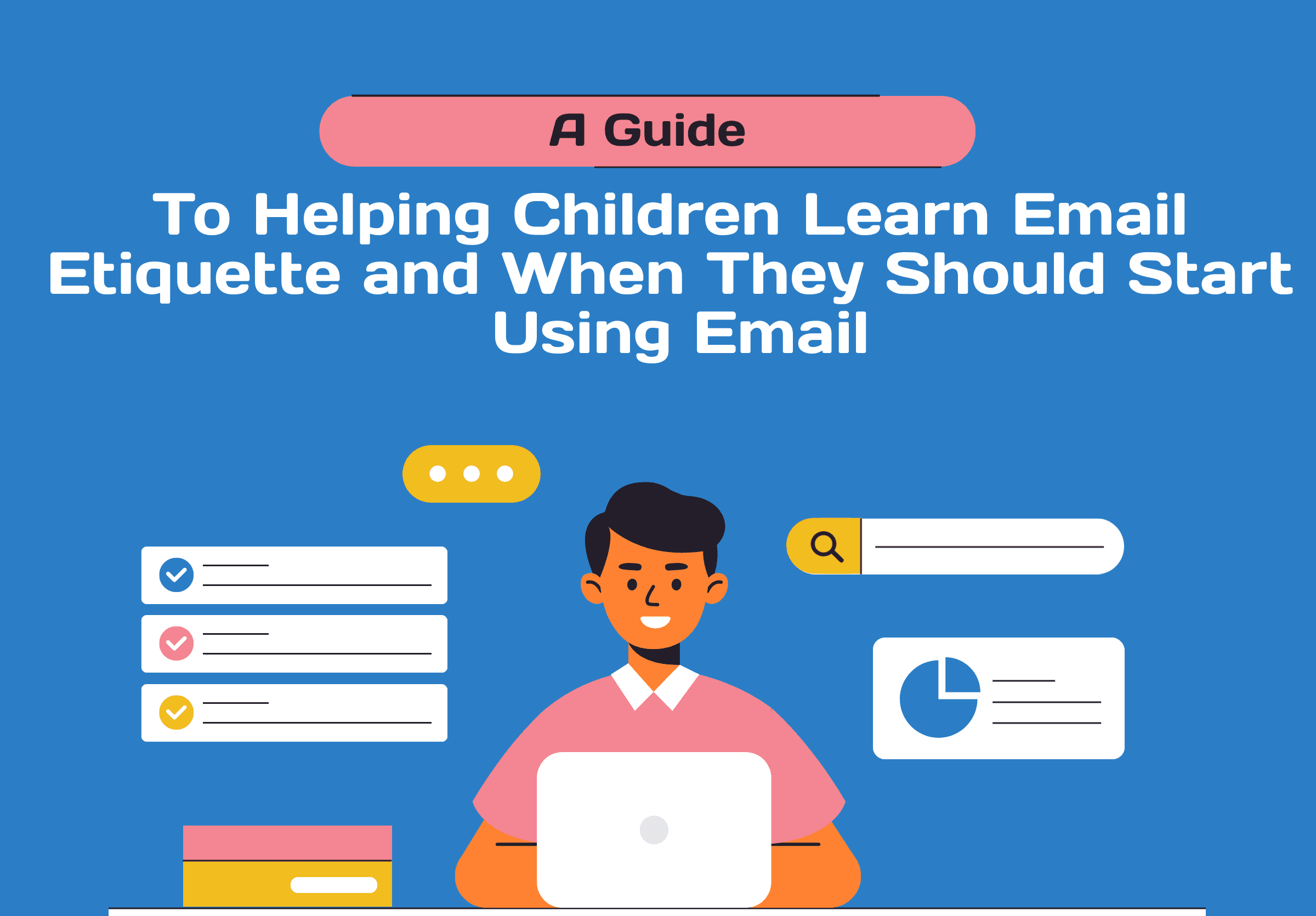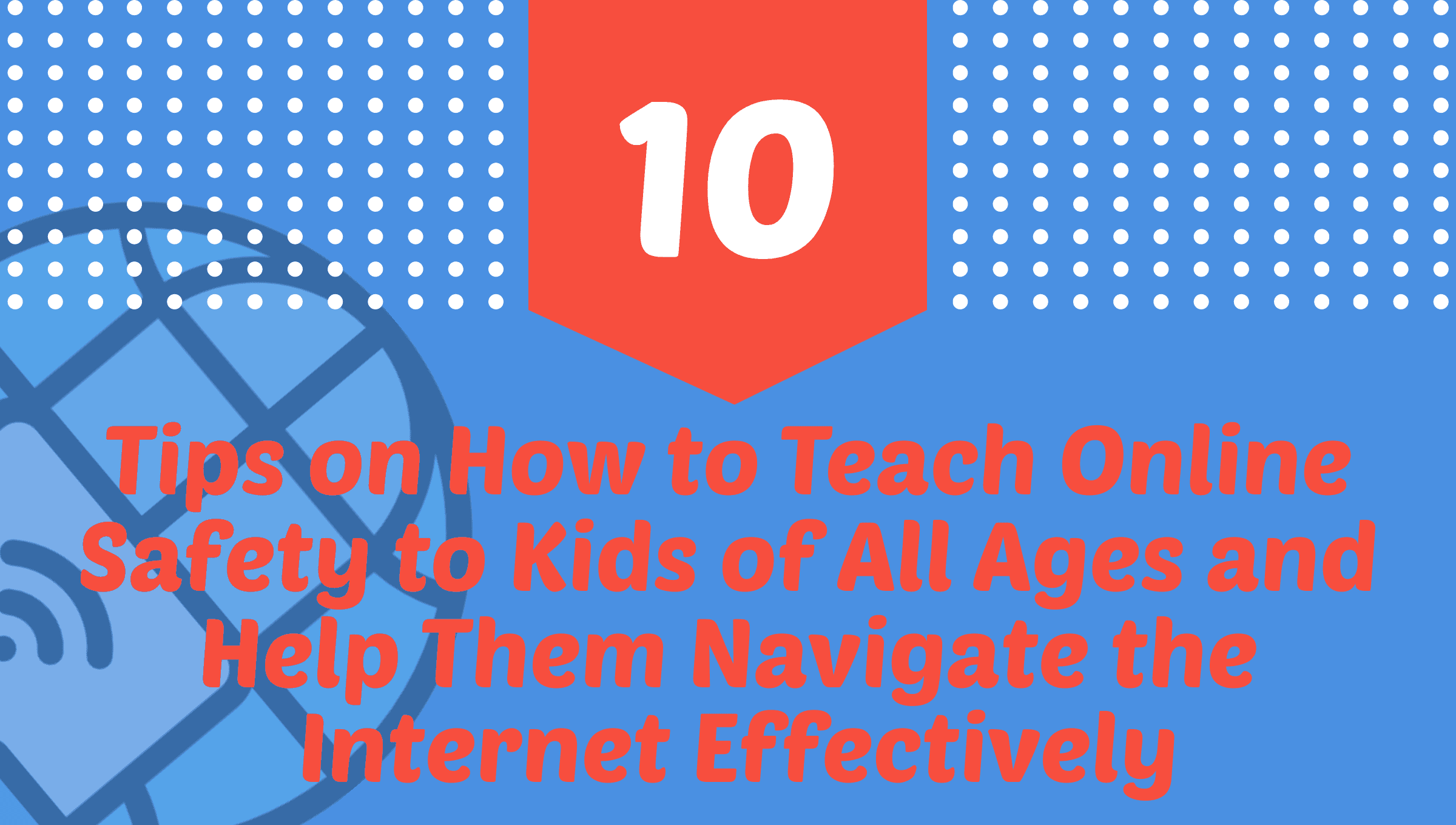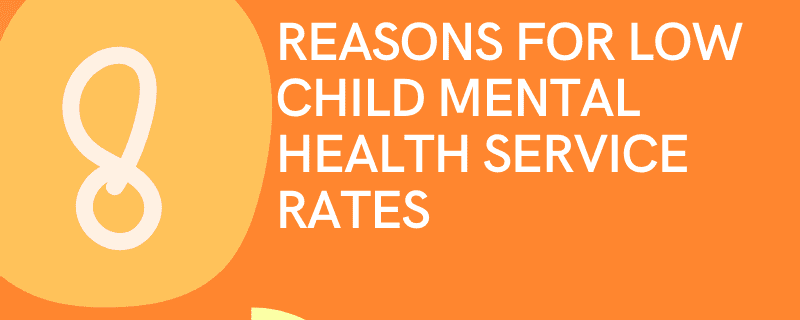What is a Childhood Allergy and What Are the Common Symptoms?
Childhood allergy refers to an abnormal reaction of the immune system to substances that are usually harmless, such as certain foods, pollen, or animal dander. The immune system identifies these substances as harmful and produces an allergic reaction, which can range from mild to severe.
The symptoms of childhood allergy can vary depending on the type of allergen and the severity of the reaction, but some common symptoms include:
- Skin rash, hives, or eczema
- Itchy, watery eyes
- Runny nose or congestion
- Sneezing
- Coughing or wheezing
- Abdominal pain, nausea, or vomiting
- Diarrhea
- Swelling of the lips, tongue, or throat
- Difficulty breathing or shortness of breath
Anaphylaxis, which is a severe, life-threatening reaction that can cause a drop in blood pressure, loss of consciousness, and other serious symptoms.

How Prevalent are Childhood Allergies?
Allergies in children are fairly common. Peanut, milk, and shellfish allergies are the most prevalent food allergies in children in the United States, according to the Centers for Disease Control and Prevention (CDC).
Children can acquire allergies to other things besides foods, too, like pollen, animal dander, mold, and dust mites. Around 40% of children in the US have allergies, with hay fever being the most prevalent allergy, according to the American Academy of Allergy, Asthma & Immunology (AAAAI).
Over the past few decades, pediatric allergies have become more common. According to some research, up to 50% of kids in affluent nations may have an allergy of some kind.
Diagnosing and Treating Common Childhood Allergies
1. Food allergies:
• Diagnosis: A healthcare provider may perform skin prick tests, blood tests, or food challenges to diagnose a food allergy.
• Treatment: Strict avoidance of the allergen is the only way to prevent an allergic reaction. In case of an accidental exposure, an epinephrine auto-injector (EpiPen) may be used to treat severe symptoms.
2. Allergic rhinitis (hay fever):
• Diagnosis: A healthcare provider may perform skin prick tests or blood tests to diagnose allergic rhinitis.
• Treatment: Antihistamines, nasal corticosteroids, decongestants, and allergen immunotherapy (allergy shots) may be used to manage symptoms.
3. Asthma:
• Diagnosis: A healthcare provider may perform lung function tests, allergy tests, or other tests to diagnose asthma.
• Treatment: Inhalers (bronchodilators and corticosteroids), leukotriene modifiers, and allergen immunotherapy (allergy shots) may be used to manage asthma symptoms.
4. Eczema:
• Diagnosis: A healthcare provider may perform a physical exam and ask about family history to diagnose eczema.
• Treatment: Moisturizers, topical corticosteroids, topical calcineurin inhibitors, and oral antihistamines may be used to manage eczema symptoms.
5. Allergic conjunctivitis (eye allergy):
• Diagnosis: A healthcare provider may perform a physical exam and ask about symptoms to diagnose allergic conjunctivitis.
• Treatment: Antihistamine eye drops, mast cell stabilizers, and corticosteroid eye drops may be used to manage eye allergy symptoms.
Conclusion
In conclusion, childhood allergies manifest as the immune system’s heightened response to typically harmless substances, ranging from foods to environmental factors. Recognizing common symptoms such as skin reactions, respiratory issues, and digestive problems is crucial for early intervention and effective management.
The prevalence of childhood allergies, particularly food allergies like peanuts, milk, and shellfish, has increased in recent decades. Approximately 40% of children in the United States experience some form of allergy, with hay fever being the most prevalent. This rise in pediatric allergies underscores the importance of awareness and proactive measures.



